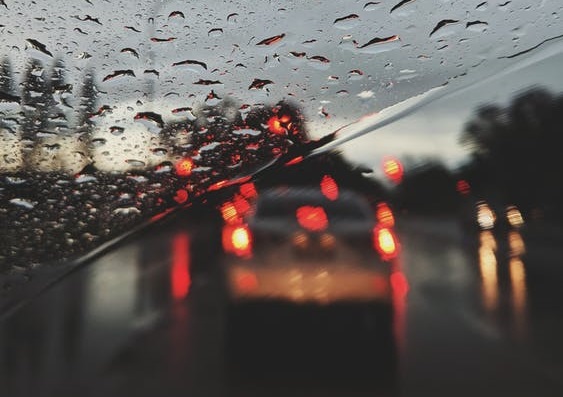With the first rain of the season expected, the drivers need to be ready for the different conditions.
ICBC Road Safety and Community Coordinator for mid to North Vancouver Island, Caroline Robinson says the first rainfall in a season has a greater impact on vehicle control than others.
“The oil and dirt that are deposited from vehicles over time builds up on the surface of the pavement,” says Robinson. “When it first starts raining, that water soaks underneath all of that oil and dirt that has built up and causes the oil to essentially float on the surface of the water and that makes it especially slippery.”
For this next rainfall, it will be a build-up of the last four months’ worth of oil and dirt will be floating on top of the roads.
“When you have that first rain after a stretch of long weather, some extra caution is needed,” says Robinson.
She says you should slow down, adjust your driving dependent on the amount of rain on roads, and give more lead time between your vehicle and the one in front of you to give yourself some extra reaction time.
In general, there will be an adjustment for drivers who have been driving in optimal conditions for more months than usual.
“The posted limit on any street is for ideal conditions, and that’s ‘dry’ road conditions,” says Robinson. “So if it’s raining or even if there’s moisture like wet snow, it’s really important to slow down.”
Robinson says it’s important to not just alter how you drive, but make sure that your vehicle is ready for the changing conditions.
“Get your tires checked,” says Robinson. “Make sure that you have windshield wipers that are working properly. Have all your fluids topped up.
All of those things to get ready- not only for the rain that’s coming tomorrow but also for the rain that’s going to be coming even moreso as we get into fall.”
- Advertisement -






